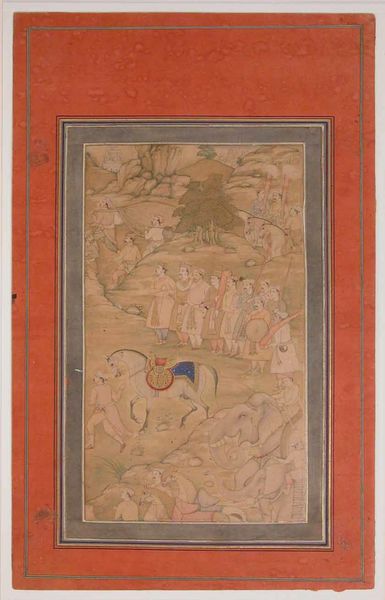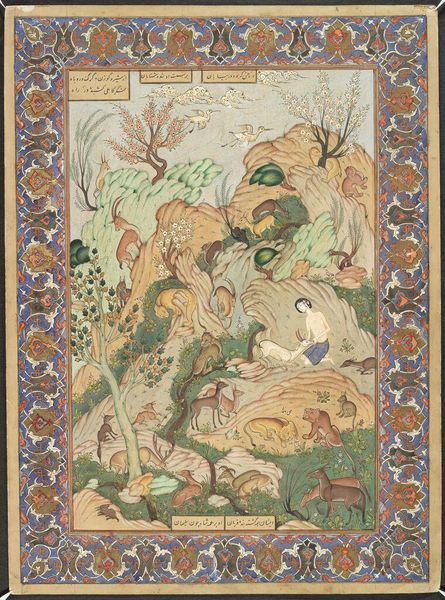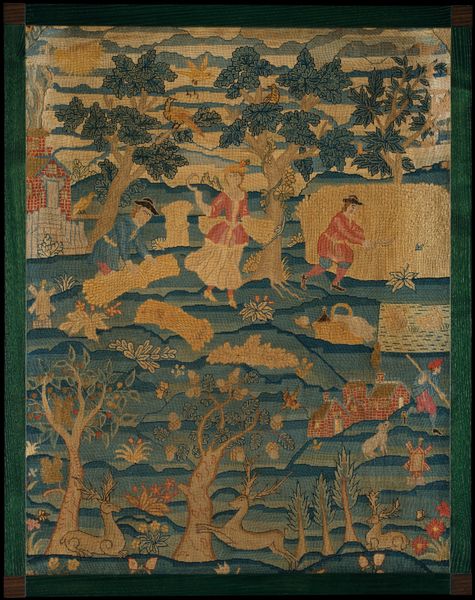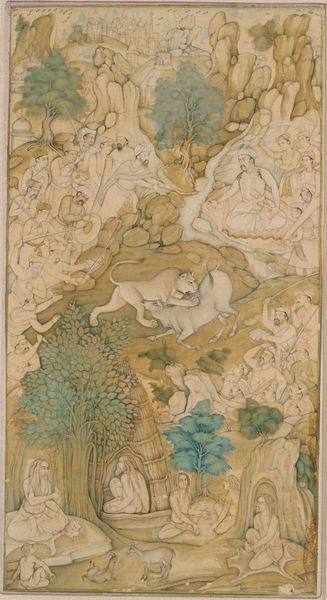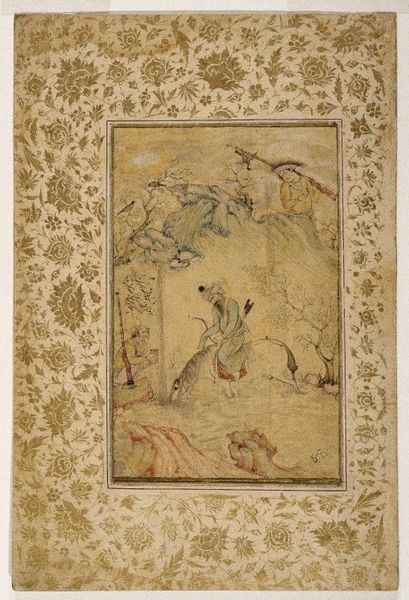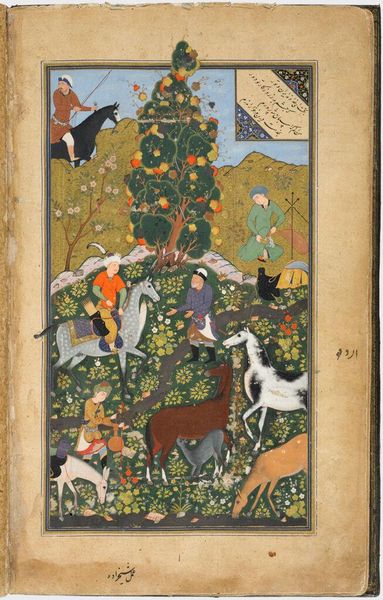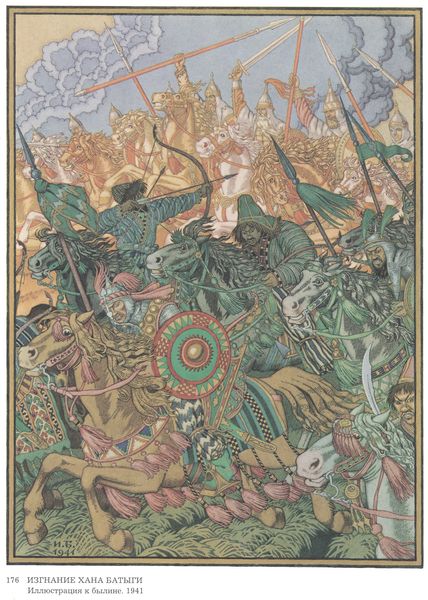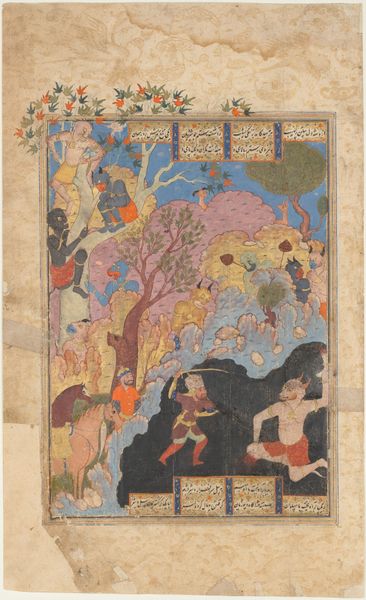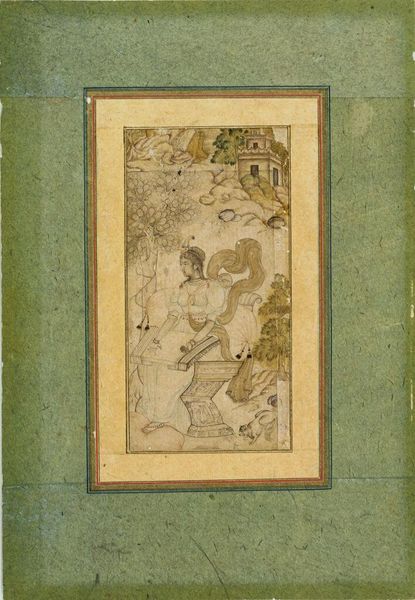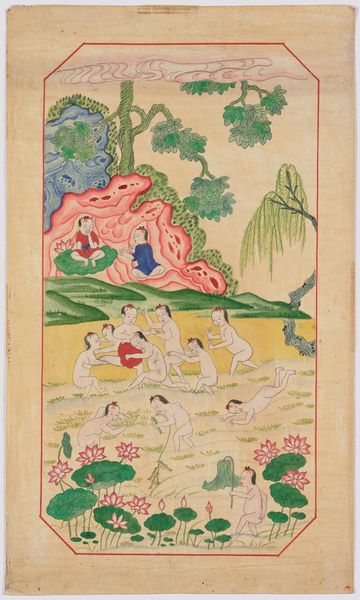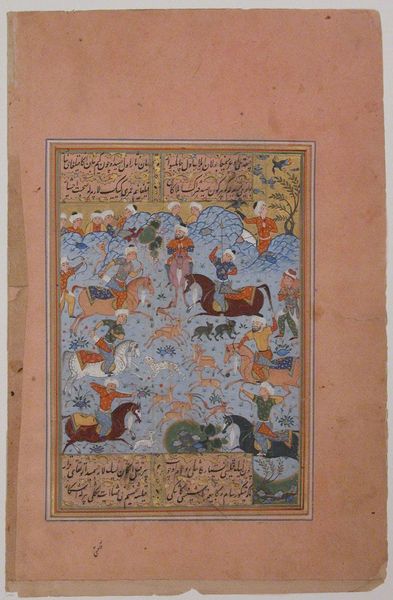
paper, ink
#
ink painting
#
asian-art
#
ukiyo-e
#
paper
#
ink
#
realism
Copyright: Public Domain: Artvee
Editor: We're looking at "New Publication of Selected Insects," an ink painting on paper by Tsukioka Yoshitoshi from the 19th century. It’s like a biological study, rendered in exquisite detail, with so many different creatures inhabiting the same space. What does this inventory tell us about the cultural context of its creation? Curator: That's a fantastic observation. Works like this are really fascinating from a historical standpoint. The ukiyo-e tradition wasn't just about idealized beauty; it also served as a powerful vehicle for documenting and circulating knowledge about the natural world. What we see is less of a "study" in the scientific sense, and more a catalogue, revealing an increasing interest in the world amongst the merchant classes of the time. Editor: So, the artist is responding to a specific demand from a specific group of people? Curator: Precisely! Yoshitoshi isn't working in a vacuum. His art is tied to evolving social dynamics, to the public sphere. Prints like this made knowledge accessible. Do you notice anything about *how* these creatures are represented, and *where* this knowledge may have come from? Editor: Well, they all seem really meticulously rendered. There's a sort of realism, but also, they're all displayed as equals, on this yellow ground, with written inscriptions as labels for the uninitiated, so it feels ordered for accessibility. Curator: Indeed. The visual culture was shifting to make information available, understandable, marketable. What social forces might contribute to that shift, in your opinion? Editor: Maybe the growth of literacy among merchants, increasing interest in natural history, or just a wider curiosity about the world beyond their immediate surroundings? Curator: Exactly. And where did this "wider curiosity" find a footing? Was it individual, or sponsored by formal structures of science? It gives us so much to think about when considering the socio-political influences on art production. Editor: I never thought about Ukiyo-e prints having such a didactic purpose. It’s a completely different lens through which to see this work, making it much richer and layered than just a visually interesting artwork.
Comments
No comments
Be the first to comment and join the conversation on the ultimate creative platform.
